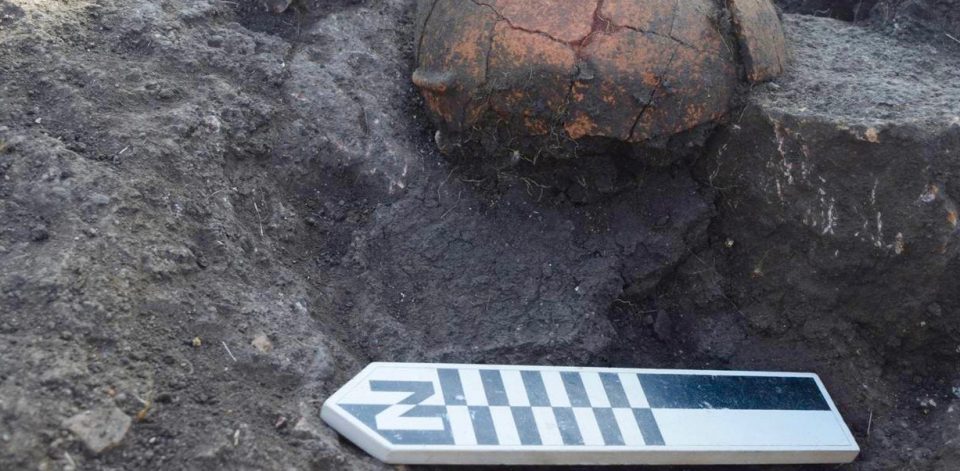
By CDH Guest Author on February 23, 2016
On excavation, every archaeologist deals with metadata on a daily basis. From the trench supervisor to the ceramic specialist while collecting data, we collect data about our data. How well an archaeological project manages its metadata is directly connected to the success of the project and the quality of the research it produces. As a ceramic specialist working on the UCLA Shire Archaeological Project in Ethiopia, the data and metadata I produce feed into the creation of ceramic typologies and seriations. Ceramic typologies are one of the main tools used to address a wide range of archaeological research topics, such as identity, trade, religion, economy, etc. Additionally, they are also used to identify and date sites of specific archaeological cultures. There are, however, several problems with employing typologies so broadly. First, shortly after a typology is created and accepted, it is very difficult to change. As a result, typologies are not often well suited to answering specific research questions. Second, how typologies are made is often incomprehensible to anyone but the ceramicist who created them. Types are assigned based on a variety of categories that are often variable with undefined or fluid boundaries making the conclusions they lead to problematic.
My project will create a digital space where ceramicists working in Ethiopia can pool their data and analyze them collaboratively. We will begin by making the raw ceramic data from the UCLA excavations at Mai Adrasha publicly available. Variable typologies can be created from this basic form of data through querying and privileging different attributes depending on specific research questions. Researchers will be able to create and comment on each others’ typologies. This website will allow for the discussion of individual pieces and different ceramic attributes included on the website, part of the metadata. Additionally, different data sets from other archaeological sites can be uploaded to the website and added to the analysis. In this way, typologies will be changeable, will become a better tool to describe different time periods and geographic regions, and will more precisely fit the needs of different archaeological projects.
After attending the Metadata Central Workshop, I realized how essential it is to standardize and manage metadata at an early stage of a project. This got me thinking about how young archaeology is in Ethiopia and that we have the opportunity to deal with this metadata as a community of researchers at a relatively early stage. Besides this, the group of scholars at the workshop was extremely helpful in formulating a technical plan of what will become a ceramic typology website. I look forward to collaborating with this group in the future.
The Metadata Central project was supported in part by funding from the University of California Presidential Faculty Research Fellowships in the Humanities, MR-15-328710.
Rachel Moy is a participant in the Metadata Central Project, hosted by the UCLA Center for Digital Humanities, and funded by the UC Humanities Research Center (UCHRI). She recently attended the Metadata Central kickoff workshop held on February 11-12, 2016 on the UCLA campus. Rachel is a fifth year student in the Cotsen Institute of Archaeology, focusing on northern Ethiopia in the first millennium BCE. For the workshop, Rachel has proposed a project dealing with the metadata of excavated ceramic fragments.
